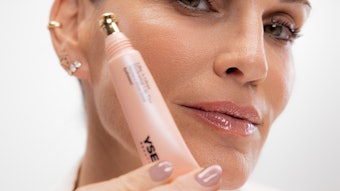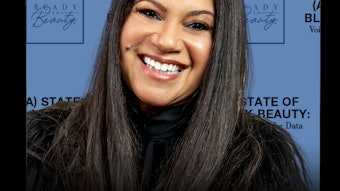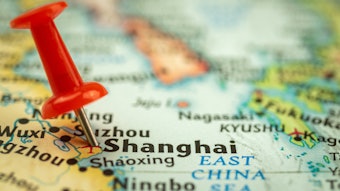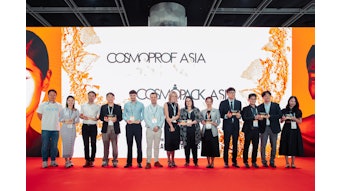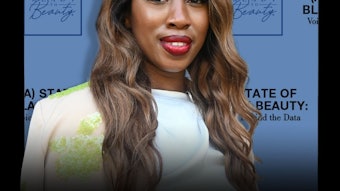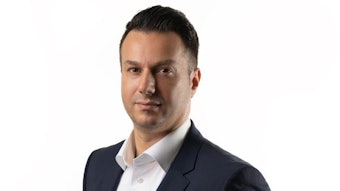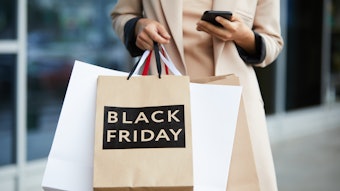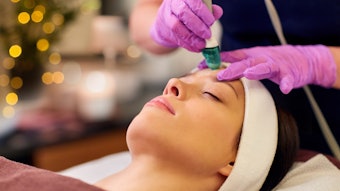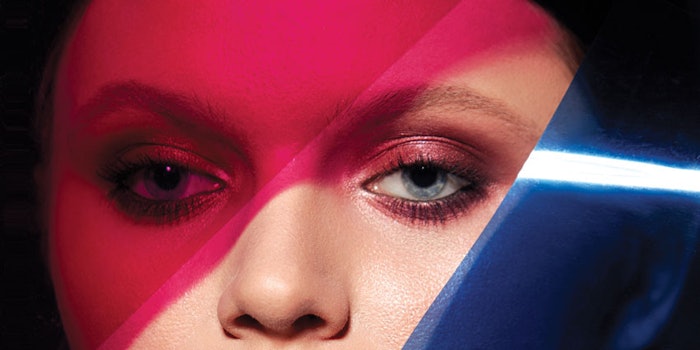
Beauty is evolving toward a more holistic consciousness fueled by clean, sustainable and ethical claims.
Change is coming to beauty, including everything from circular systems and AI influencers to value-focused brand strategies and personalization—all with the consumer and climate front-and-center.
1. Beauty Goes Circular
During the recent Luxe Pack Monaco event, one name kept popping up over and over in discussions with packaging suppliers: Ellen MacArthur. The retired English sailor isn’t yet a household name, but the foundation that bears her name has become the defining force in the circular economy concept.
“Underpinned by a transition to renewable energy sources, the circular model builds economic, natural and social capital,” the organization’s site explainsa. “It is based on three principles: Design out waste and pollution; keep products and materials in use; regenerate natural systems.”
While much of the sustainability conversation centers on materials and sourcing, the Ellen MacArthur circular economy concept is notably process- and design-driven. In fact, during the 2019 Luxe Pack Monaco show, one packaging supplier noted, “We cannot rely on 350 million [Americans] to individually figure out recycling. What we need are better systems, processes and technologies.”
Indeed, the average consumer in the United States—not to mention any number of global markets—faces a daunting task when attempting to make the most ecologically responsible purchasing decisions.
A sobering report from May 2019 from National Public Radio’s Morning Editionb featured Keefe Harrison, CEO of The Recycling Partnership, a nonprofit organization. In the report, Harrison examines the clamshell packaging encasing a head of lettuce a grocer’s aisle. The shell features the numeral 1 inside a triangle, signaling that the design comprises polyethylene terephthalate (PET). Reporter Rebecca Davis notes that many American consumers incorrectly believe the numeric designations on packaging signal recyclability, when in fact they merely designate the resins contained within. Therefore, a bottle with a “1” designation may be recyclable, while a clamshell made of the same material may not be. Not to mention the particular requirements of local municipal recycling programs.
These details are available but require the consumer to seek out the information online, an unrealistic scenario for one item—not to mention an entire shopping cart. These challenges extend to the personal care and beauty shopping experience where shoppers may lack the information to make simple, timely and informed decisions.
Overcoming these challenges will require a significant rethink of the products that are produced, their components, manufacturing, distribution, impact during use and, critically, disposal/reuse/reintroduction into the value chain. This ethos has already popped up across the beauty and personal care space in 2019, signaling greater intensity ahead.
For instance, Henkel’s European group has introduced the EasyD4R-Evaluation tool, which quickly assesses the recyclability of packaging at the earliest stages of the development process. According to the company, the tool aims to show the recyclability of each design as a percentage, allowing designers to optimize material combinations by composition and individual weight proportions of components such as basic materials, closures, labels, colors, etc.
Meanwhile, PureCycle Technologies has reached an agreement with L’Oréal to supply the beauty giant with its ultra-pure recycled polypropylene (UPRP), which is produced from technology that utilizes waste polypropylene—often disposed of in landfills—to produce virgin-like polypropylene. PureCycle is establishing a U.S. facility where it will have capacity to recycle 119 million pounds of polypropylene. It is currently evaluating European sites for a second plant.
The move was in support of L’Oréal’s Sharing Beauty With All program for improving the environmental and social profile of all of its new products. In 2018, 79% of new or renovated products had an improved social or environmental profile, per the company.
“For L’Oréal, the agreement represents a strategic next step in our sustainable packaging strategy, designed to accelerate the transition to the circular economy,” says Philippe Thuvien, vice president, packaging and development, L’Oréal Group. “L’Oréal’s ambition is that, by 2025, 50% of the plastics used in our packaging will either be bio-sourced or of recycled origin, which encompasses all plastic types, polypropylene being a major milestone.”
Eastman is also focused on the circular economy. In October 2019, the company was honored at Luxe Pack Monaco in the initiative category for its circular economy system. The recognition came as the company presented the next generation of its engineering bioplastic, Tre-va, and its new line of Cristal Reve-l copolyesters, which contain PCR material. The latest Tre-va generation retains its aesthetic and performance qualities but now comprises 48% biocontent and 23.5% certified recycled content via carbon renewal technology.
The latest sustainable innovations will join Eastman’s Glass Polymer family of materials—which comprise Cristal, Eastar, Tenite and Tritan—in the company’s trio of “recycling technology loops.” The loops include mechanical recycling stream technologies that draw from municipal recycling and carbon renewal technology and advanced circular recycling (ACR), both of which are chemical recycling solutions. (ACR is expected to be up and running in 2021 or 2022, per the company.) The chemical recycling is capable of drawing material from municipal, pre-consumer and other waste streams, according to Eastman.
These technology investments, each of which serves specific applications and customer needs, will allow Eastman to divert landfill waste and use those streams to transform its portfolio—ultimately eliminating any aesthetic or functionality tradeoffs associated with recycled packaging. For users of Tre-va, there will reportedly be little to no change, aside from an improvement in behind-the-scenes sustainability.
These sustainability improvements may be something brands call out in marketing, on-pack or within CSR reports. Whatever companies choose to communicate about packaging sustainability improvements, one thing is clear, according to Eastman: generating products with negative lifecycle assessment impacts is simply no longer acceptable.
Finally, taking a long-view, BASF has partnered with cleantech startup incubator Greentown Labs for the Greentown Labs Circularity Challenge accelerator program. The companies that take part in the program are “innovative ... startups with a proof of concept solution to disrupt the plastics, energy storage and recycling value chains to enable a sustainable and circular economy,” according to the organizations.
Looking at 2020 and beyond, circular economy concepts will continue to address holistic systemic challenges in the beauty industry.
Check your November digital magazine to read these full Insider Insights.
Footnotes:
awww.ellenmacarthurfoundation.org
b“Sorting Out Plastics At The Grocery Store,” www.npr.org/2019/05/01/707142496/sorting-out-plastics-at-the-grocery-store
c“Retailing 2020: Winning in a polarized world,” www.pwc.com/us/retailandconsumer

